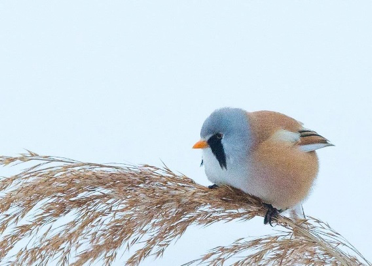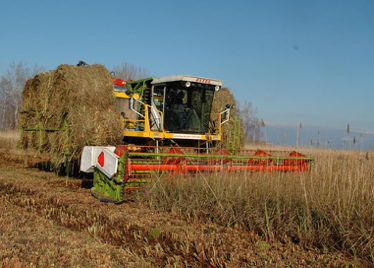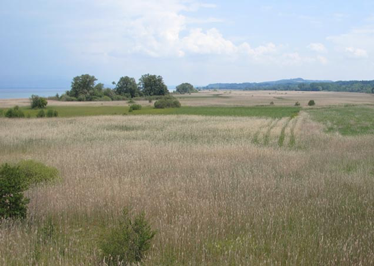Long-term effects of wetland mowing on breeding birds
Guillaume Lavanchy, Association de la Grande Cariçaie and University of Lausanne
   |
Wetlands are amongst the richest, yet most threatened types of habitats on Earth. One major threat is the modification of water regime for human activities, which disrupts normal ecosystem equilibrium. In lacustrine wetlands, reduced flooding allows shrubs to take over, ultimately leading to a shift towards woody communities. To counter this, wetland managers have initiated a variety of measures, including mowing, burning, and pasturing. Because of the short time frames of previous studies on the subject, little is known on their potential long-term negative side effects on the ecosystem.
In the Grande Cariçaie wetlands, located along the Southern shore of Lake Neuchâtel, water level started being controlled precisely, leading to a decrease in flooding frequency and magnitude, since the 1960s. Most wetland are non-climactic and rely on frequent perturbation to be maintained. In the Grande Cariçaie, mowing was initiated in the 80s to counter shrub encroachment by cutting growing saplings and exporting organic matter.
During my civil service at the Association de la Grande Cariçaie, I realized that Michel Antoniazza, the ornithologist working there, had accumulated an impressive amount of data on the subject. His bird surveys, conducted over 30 years at locations with different mowing regimes, were the ideal material to assess the long-term effects of mowing on birds, and more broadly on the ecosystem. Convinced that this gold mine had to be exploited, I undertook to analyse the data and wrote a paper about it.
We evaluated the long-term effect of mowing on breeding populations of the five most abundant bird species in the Grande Cariçaie wetland reserves: the reed warbler (Acrocephalus scirpaceus), the common reed bunting (Emberiza schoeniclus), Savi’s warbler (Locustella luscinioides), the water rail (Rallus aquaticus), and the bearded reedling (Panurus biarmicus). Our results show that rotational mowing has no long-term detrimental effects on birds. However, optimal mowing regime for the birds might often be less frequent than what is usually applied. We recommend that mowing be spaced every 3 years at least, and ideally every 6 years or more. In the paper, we discuss additional measures that could be implemented to complement mowing. Because of the widespread distribution of the target habitat and species, our study provides readily applicable information for wetland managers in Europe and worldwide.
More broadly, this study is a good example that increasing dialog between academia and the applied world can be beneficial for both sides. While conservationists can make use of state-of-the-art statistical methods and other techniques that the universities can provide, researchers will gain naturalist knowledge and find unhoped-for data that can be highly valuable to improve our understanding of ecosystems and how to protect them.
The article was published in Biodiversity and Conservation and is freely available here: https://link.springer.com/article/10.1007/s10531-017-1462-1.
